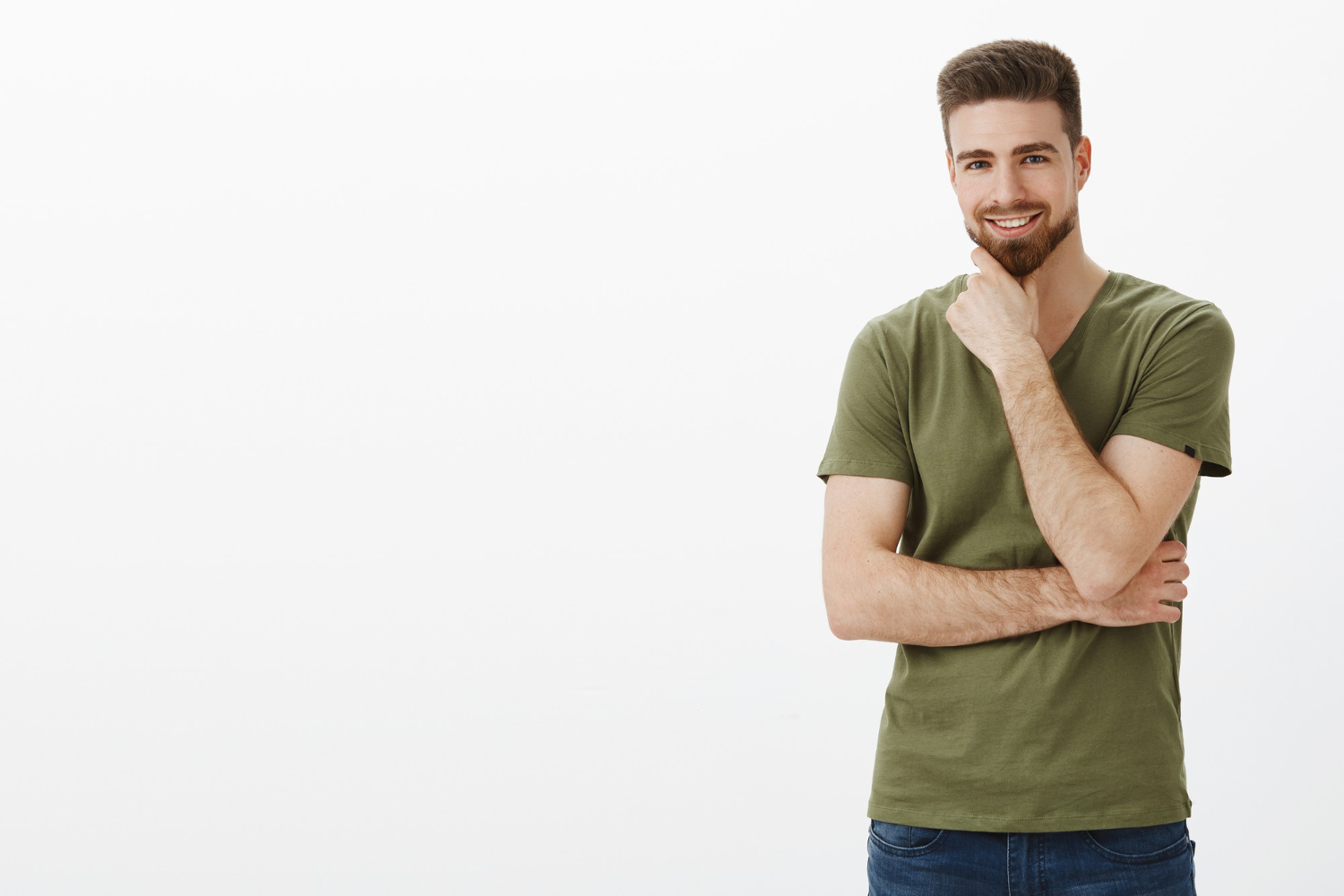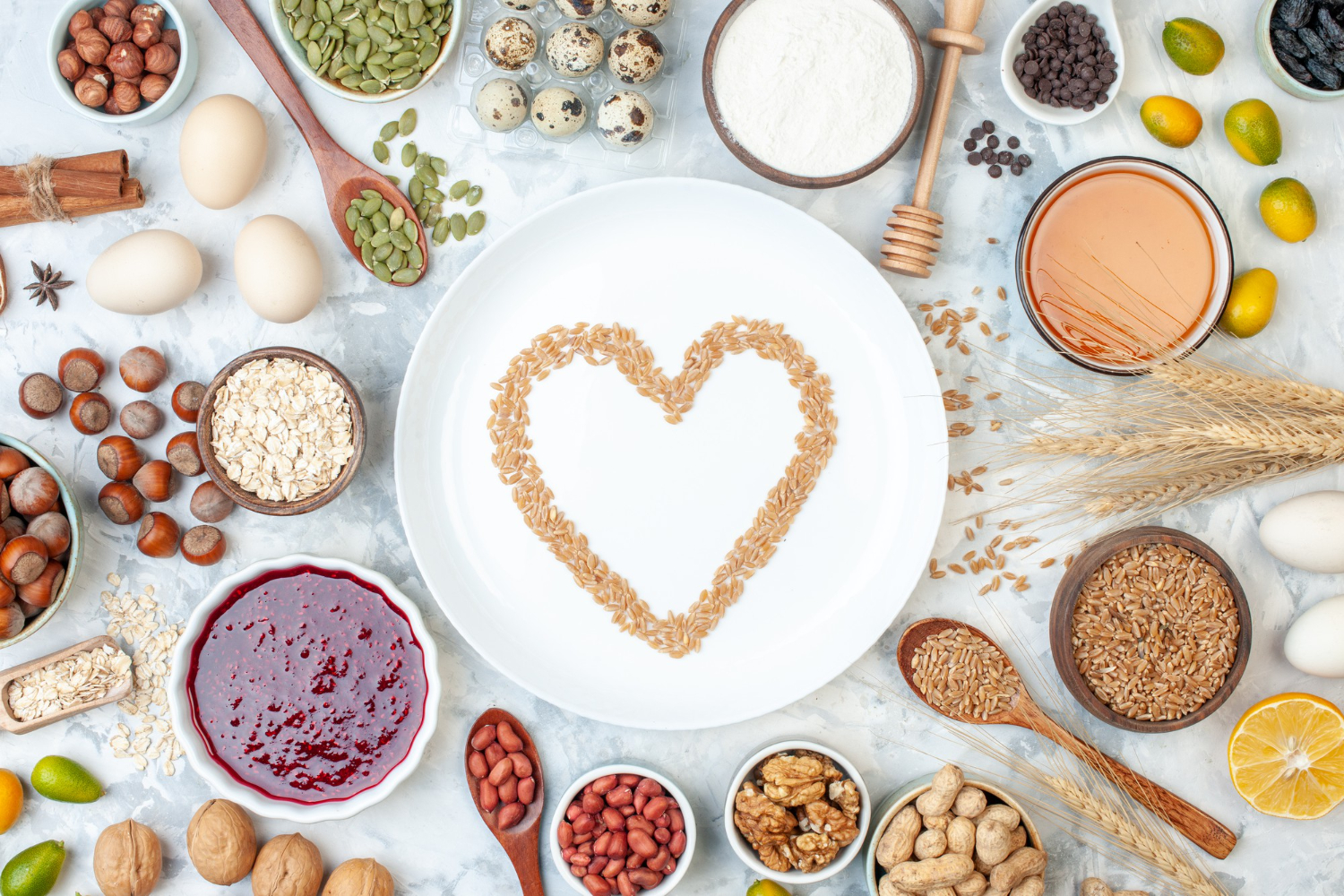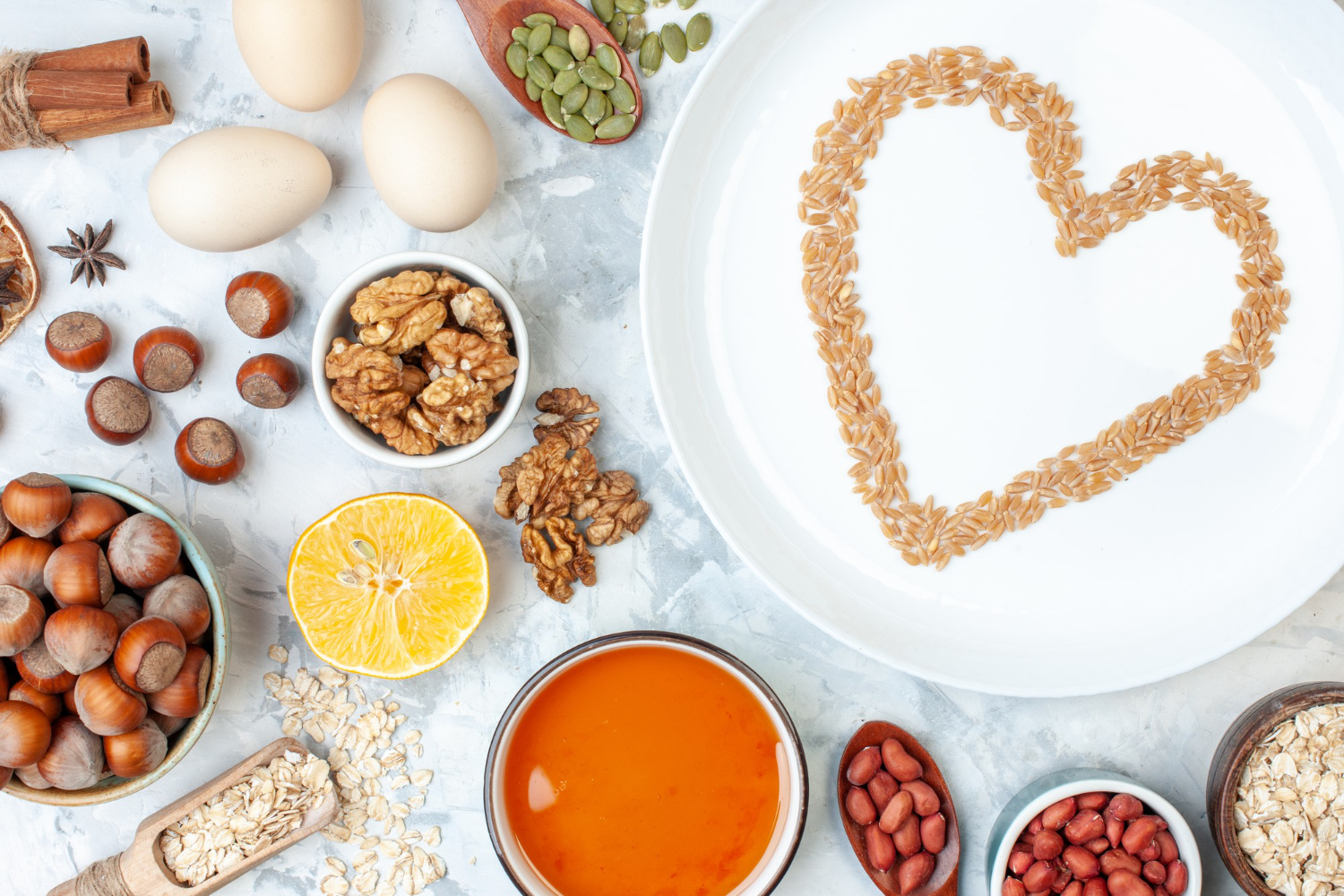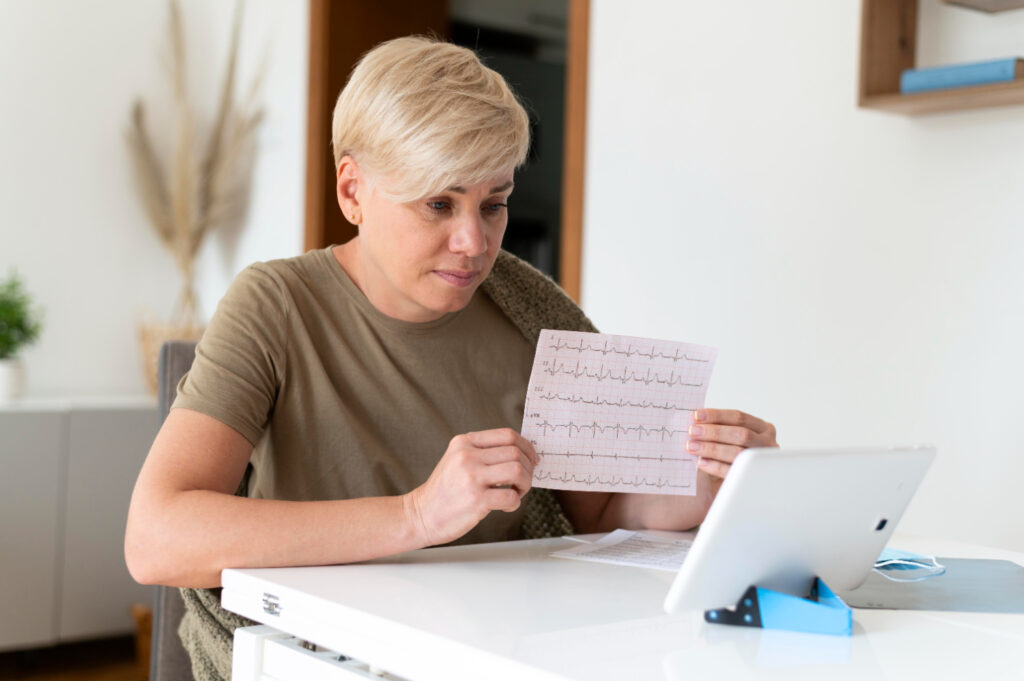Heart rate above 110
Heart rate above 110: a sign of danger or a normal reaction?
It is one of the most essential indicators of human health, the heart rate. This mesmerizing little muscle, the heart, beats dozens of times per minute so that the blood has to be supplied to the body. However, when the heart rate has been above the normal, especially when the resting heart rate is above 110 then it poses the question: Are we in a state of worry? Hang on, we are going to have a look based on sound and scientific evidence the causes of elevated heart rate, the conditions subject to medical intervention, and the diagnosis and treatment approach strategies.
What is a high heart rate?
Under normal conditions, normal heart rate range in adults is sixty to one hundred beats per minute. Any further acceleration in the pace of the heart beat greater than this level when the individual is resting could be symptomatic of some conditions within the body. When the rate exceeds the level of 100 per minute, it is considered to be tachycardia, and when it is more than 110, greater focus and detailed analysis become required. Tachycardia falls into three basic categories:
- Sinus tachycardia: an automatic rise of heart rate exercised by exercise, stress or fever;
- Supraventricular tachycardia: it begins in the upper hollows of the heart and is, as a rule, sudden and quick;
- Ventricular tachycardia: Serious risk of arrhythmia which has its foundation at the ventricles and necessitates prompt treatment.
One should realize that the quite high rate of heart beating does not always suppose the presence of the disease; there are situations when it is just a temporary reaction to some circumstances. However, when the condition is common or chronic, then it needs to be treated seriously.
Common causes of heart rate above 110
Heart rate is enhanced due to a number of reasons. Part of the cause is physiological and temporary and not worthy of worry, whereas other reasons could be due to severe diseases.
1- Physiological or temporary causes of high heart rate
- Dehydration: A decrease in blood volume due to dehydration increases the heart rate;
- Fever: Each degree of increase in body temperature can raise the heart rate by 10 to 15 times per minute;
- Anxiety and stress: the sympathetic nervous system increases the heart rate in response to anxiety;
- Vigorous physical activity: exercising or even climbing stairs may temporarily increase the heart rate above 110;
- Consumption of stimulants: Drinks containing caffeine, cigarettes, or decongestants can trigger an increase in heart rate.
2- Medical Reasons Heart Rate Above 110
- Hormonal or metabolic disorders: such as diabetic ketoacidosis or shock;
- Heart disease: including heart failure, arrhythmias, and atrial fibrillation;
- Anemia: In this case, the body increases the heart rate to compensate for the lack of oxygen;
- Hyperthyroidism: Increased levels of thyroid hormones accelerate the activity of the heart;
- Severe infections: such as sepsis or pneumonia, which can put a lot of pressure on the heart.
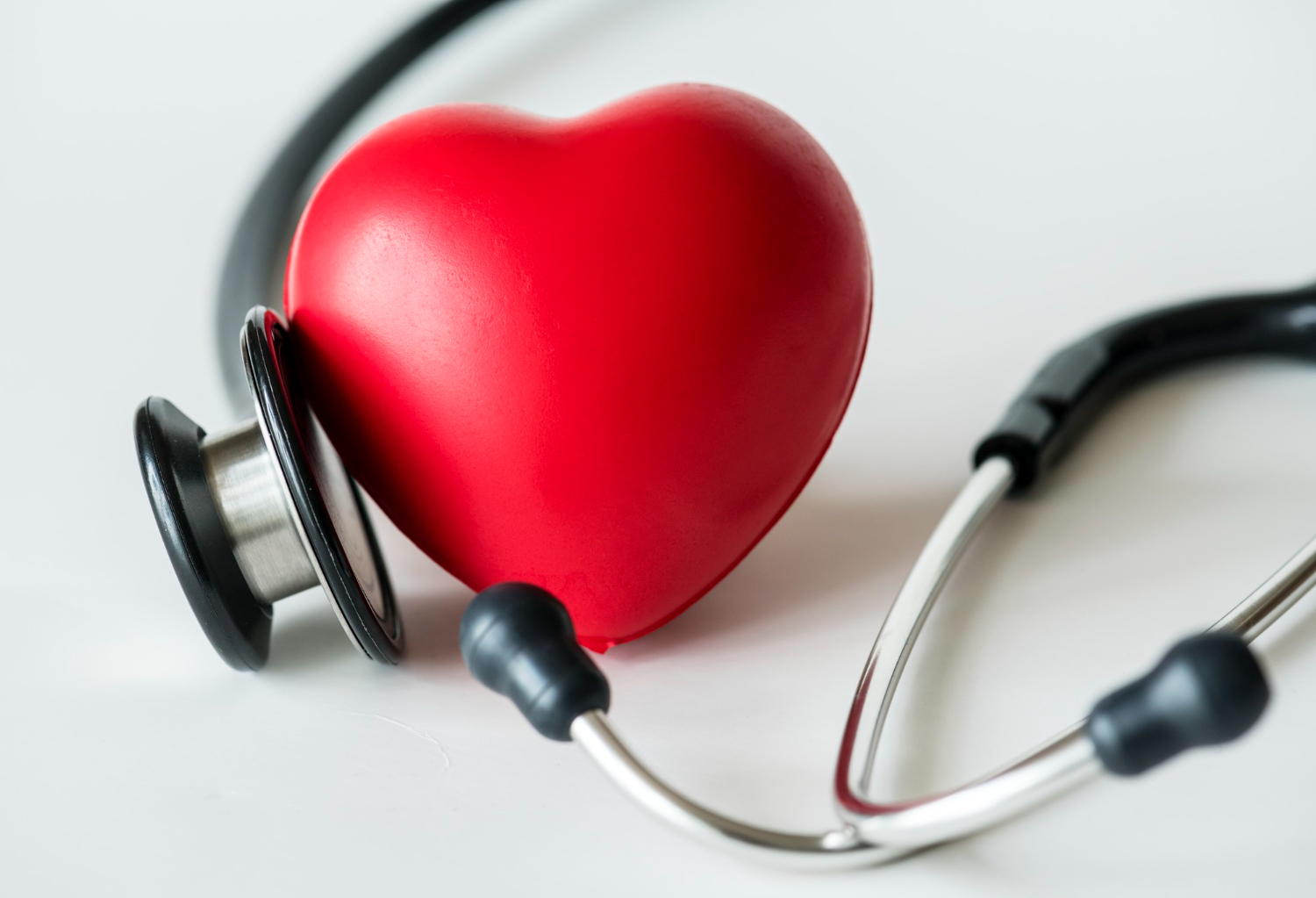
Warning Signs: A Patient’s Narrative
A few months back, one of the clients, a 35 years old woman was complaining about her occasional high heart rate. Her heart was racing very rapidly during several days even when lying on the couch, she said. Other times I even believe that my heart is about to beat out of my throat. Once I was so disorientated that I was nearly on the ground.
Having read and inquired about some significant questions, it was evident that he did not exercise, he did not take coffee and he did not even sleep well. But his resting cardiac rate was 118. That prompted me to direct him to a cardiology expert in Jam Complex. On more analysis of the symptoms by the specialist, he was found to be experiencing some mild shortness of breath, was slightly anxious and his blood pressure was a bit raised. Instead, referring to such symptoms combined with a raised heart rate, the doctor made an instant decision to conduct preliminary tests and an ECG to find the answer.
Symptoms that should be taken seriously along with a heart rate above 110:
- Dizziness or a feeling of fainting;
- Chest pain or pressure;
- Unusual fatigue or severe weakness;
- Shortness of breath, even at rest;
- Intense palpitations and a beating that feels uncoordinated.
In case you experience these symptoms, do not waste time. An increased heart rate and these symptoms demand a physician assessment.
How is a high heart rate diagnosed?
To determine the correct cause of the increased heart rate above 110, a combination of review of history of the patient, physical examination as well as diagnostic tests are necessary. The doctor will initially attempt to find out whether the tachycardia is the result of a temporary disorder, panic or fever, or it is an indicator of a disorder.
The main steps of diagnosing tachycardia in the clinic:
1- Review of history and symptoms
Your physician will inquire on the symptoms like difficulty in breathing, dizziness, fatigue, anxiety or use of medications. There is also analysis of a personal family history of heart disease.
2- Physical examination
The scan determines the level of your pulse and pulse rate, blood pressure, heart sounds, and the heart respiratory performance.
3- ECG
It rests on this test to diagnose the kind of arrhythmia as well as early diagnosing heart problems. The cardiac rate trace may give significant details in regard to the origin of tachycardia as well as its site.
4- Blood tests
To check for factors such as:
- Anemia
- Hyperthyroidism (TSH and T4)
- Electrolytes (Sodium, Potassium, and Calcium)
5- Echocardiography (echocardiogram)
In case of structure issues or heart failure considerations, echocardiogram is conducted silently so as to measure the functioning of the heart accurately.
6- 24–48-hour monitoring
When the elevated heart rate is temporary and irregular, the Holter monitor will prove useful in recording activity of the heart fully in the course of a day.
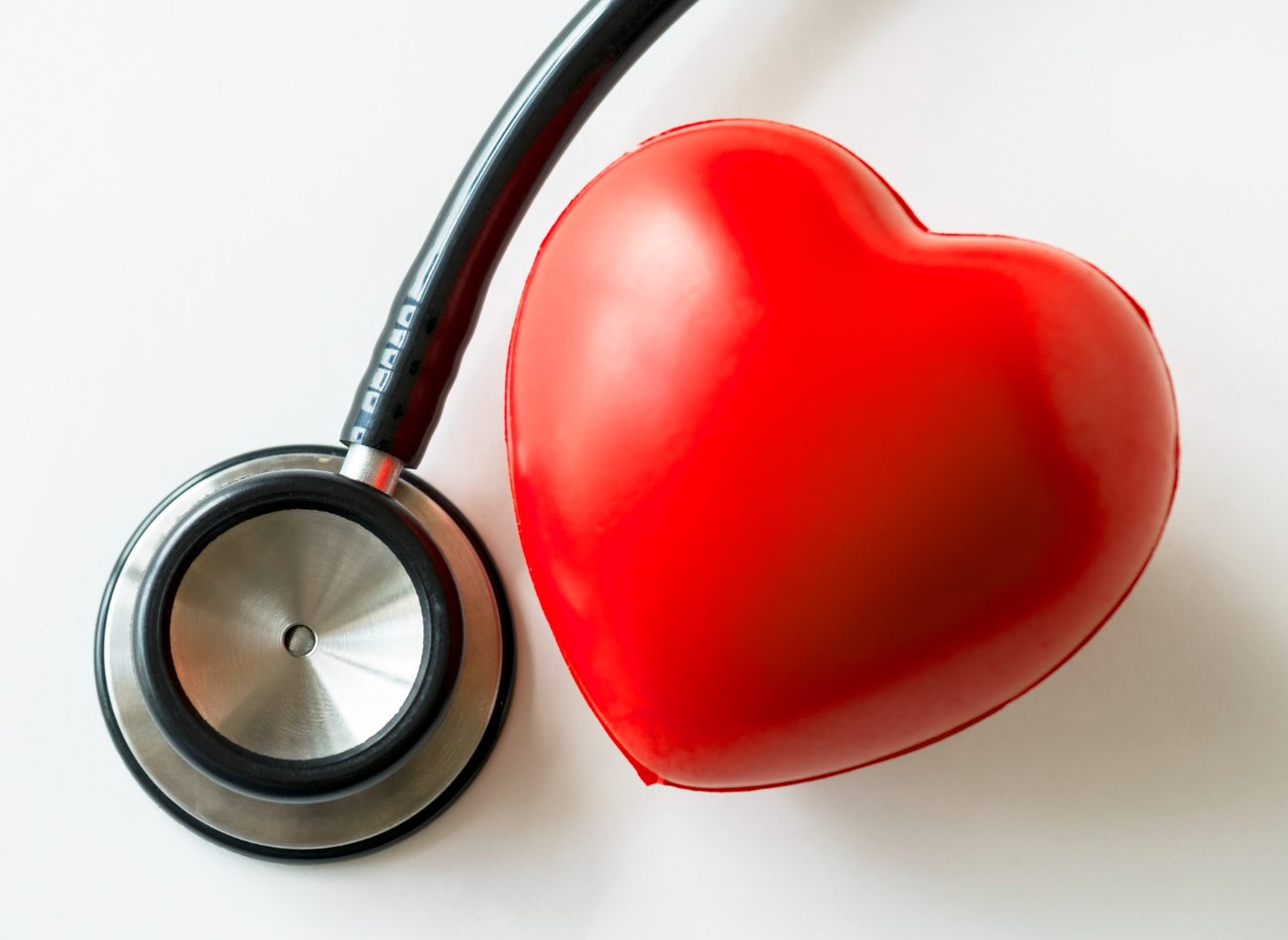
Treatment and management of heart rate above 110
A heart rate greater than 110 needs some treatment which is dependent on the severity and cause. The principal aim of treating this issue is to bring the rate of the heart into normal limits, avoid long-term development of the disease, and ensure the enhancement of the quality of life of the patient.
1- Treatment of the underlying cause
Tachycardia should be treated first in case it is brought about by medical issues:
- In infections or high fever, antibiotics or antipyretic medication is effective;
- In anemia, supplemental iron or in the case of an underlying infection or condition corrective therapy is effective;
- The pulse comes back to normal through regulating thyroid hormones in hyperthyroidism.
2- Lifestyle modification
Changing daily habits plays an important role in slowing your heart rate:
- adequate and regular sleep;
- Avoiding caffeine, smoking, and alcohol;
- Regular and light exercise (if permitted by a doctor);
- Reduce stress through techniques such as deep breathing, meditation, or yoga.
3- Pharmacotherapy
In some cases, especially when no specific cause is found or the pulse is very high, medication is prescribed:
- Calcium channel blockers;
- Antiarrhythmic drugs to regulate heart rhythm in certain cases;
- Beta-blockers (such as propranolol or metoprolol) to reduce heart activity.
4- More specialized measures
In cases where tachycardia is severe or dangerous:
- Cardiac ablation, which is a non-surgical procedure to remove abnormal electrical pathways of the heart;
- Electrical cardioversion (controlled cardiogram), which is used to restore the normal rhythm of the heart;
- In some chronic patients, a pacemaker may need to be installed.
Final Thoughts
The body talks in non-verbal language: this language is heart. In case he does not feel something accordingly, he will indicate this by a quick pulse, or some agitation of his vibration. When the heart rate exceeds 110, it does not always indicate your bad health, yet it is a chance to take greater care of your health, both physical and psychological. We should not overlook the fact that the key that opens the doors to health is awareness. When you feel as though your heart is beating excessively, you have nothing to fear yet by relaxing, checking with your doctor and changing your lifestyle you can get control once again. You must take care of your heart, be in balance and add attention to it the same way you want to have a healthy, energetic life.
Resources





